When is California fire season?
California fire season.
When is California fire season and what factors influence the fire season? At Frontline, these are some of the most commonly asked questions we hear. We know that navigating all the facts and figures can feel overwhelming, so our team is here to help. Read on to learn more about California’s fire season.
Track California fires through the free Frontline app.


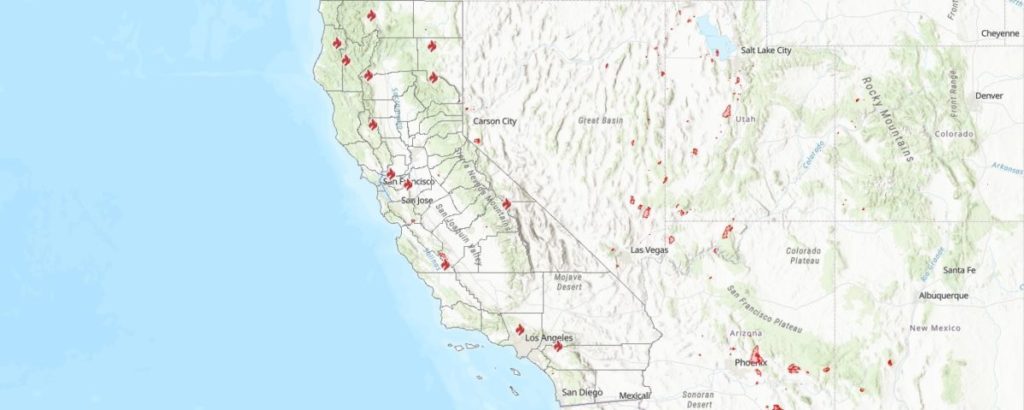
Fire season in California.
We define fire season as the time of year that wildfires are most likely to take place. In the past, the fire season was mainly from May through October. However, with climate change as a contributing factor, fire season begins earlier and ends later each year, with some experts suggesting that the fire season in California is now year-round. Here is what you need to know about the history and future of fire season in California
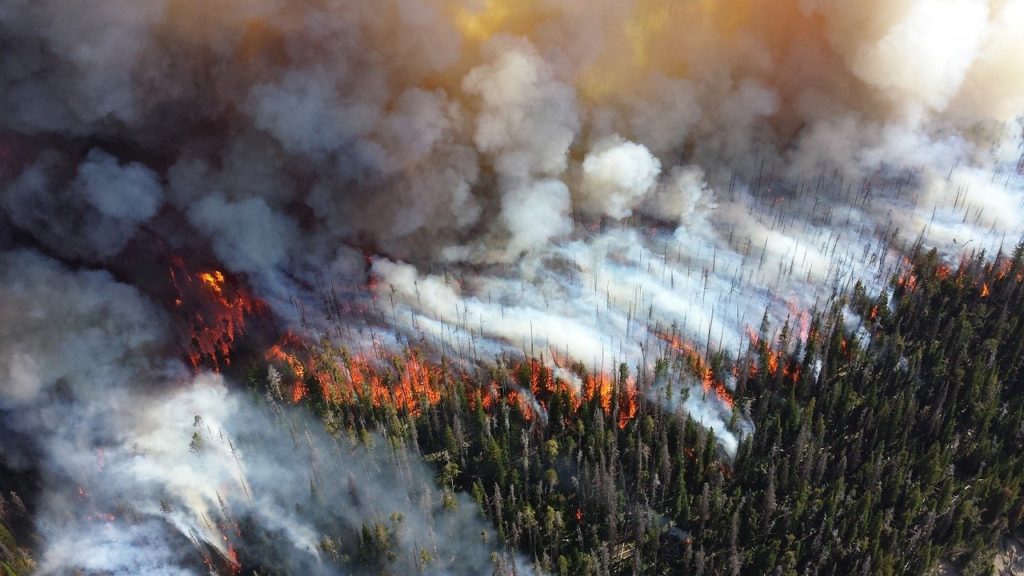
Peak fire season risk times.
Many people mistakenly believe that peak fire season takes place during the hot summer. Contrary to popular belief, however, September and October are the most vulnerable months for wildfires, with peak fire season running from July-October. The autumn months are most susceptible to wildfire due to the dry, fierce winds that blow across the state. Additionally, while more fires may take place in July, these fires typically result in less damage overall when considering acres burned. Hot and dry summer temperatures followed by little to no rain can contribute to dried vegetation, which causes more destructive fires in September and October.
According to the California Department of Forestry & Fire Protection, of the 20 most destructive wildfires in California history, 12 of them took place in September and October. These fires took place as far apart as Napa Valley to San Diego. Northern and Southern California are most susceptible to wildfires during these months.
When does fire season end?
The first significant rainfall of autumn or winter typically brings about the end of the fire season in California. However, there has been a trend of delayed autumn precipitation in recent years. As mentioned above, rising temperatures contribute to dryer vegetation, making fuel sources for wildfire more readily available. When paired with decreased autumn rain, California’s new fire season may stretch well into winter.
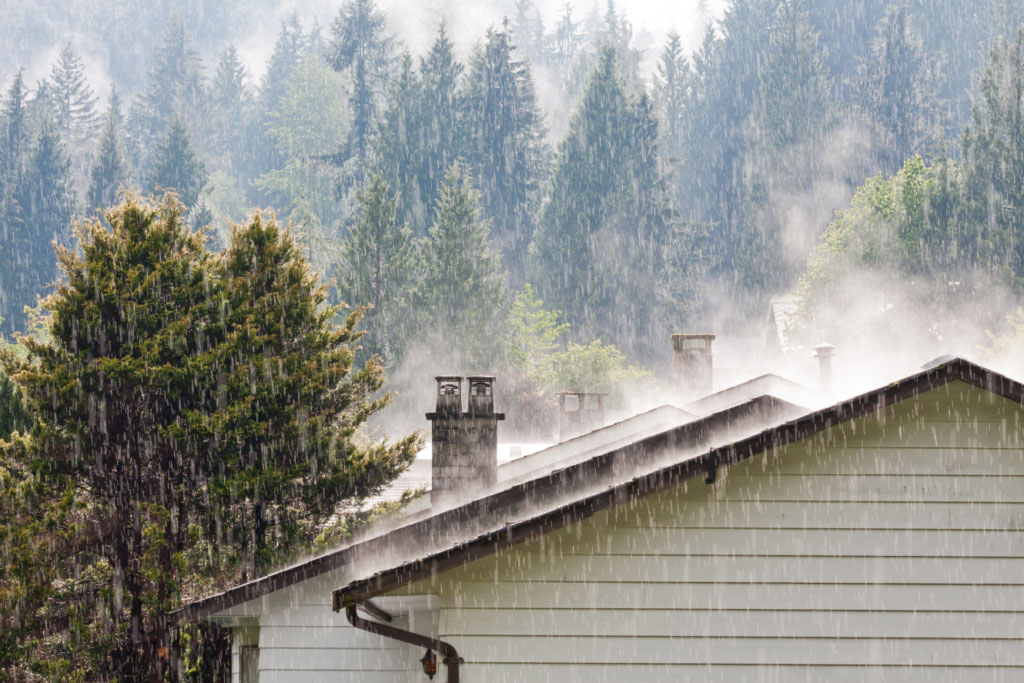
Historical wildfire season trends.
We define fire season as the time of year that wildfires are most likely to take place. In the past, the fire season By studying the history of California wildfire activity, we see the trend of an extending season. Wildfires are now taking place as early as January and as late as December. As highlighted by some of the state’s most recent and destructive wildfires, such as the Thomas Fire of December 2017, many experts agree that a year-round fire season is a new norm.
2013 Fire Season: January 22 through November 28
- Total Wildland Fire Incidents: 3,672
- Number of Acres Burned: 114,473
- Severest Months: July 2013 held the highest number of incidents for the year. It was also the month with the highest number of burned acres.
2014 Fire Season: January 4 through October 12
- Total Wildland Fire Incidents: 2,920
- Number of Acres Burned: 163,067
- Severest Months: July 2014 held the highest number of incidents for the year. September accounted for the highest number of burned acres.
2015 Fire Season: February 6 through December 28
- Total Wildland Fire Incidents: 3,231
- Number of Acres Burned: 291,282
- Severest Months: July 2015 held the highest number of incidents for the year. September accounted for the highest number of burned acres.
2016 Fire Season: May 22 through November 23
- Total Wildland Fire Incidents: 2,816
- Number of Acres Burned: 244,556
- Severest Months: July 2016 held the highest number of incidents for the year. It was also the month with the highest number of burned acres.
2017 Fire Season: April 20 through December 16
- Total Wildland Fire Incidents: 3,470
- Number of Acres Burned: 467,497
- Severest Months: July 2017 held the highest number of incidents for the year. October accounted for the highest number of burned acres.
Fire season in Southern vs. Northern California.
Weather trends vary from the sandy beaches of Santa Barbara to the mountain vineyards of Sonoma. As one could assume, these unique traits create differing fire seasons for residents of Southern California and Northern California.
Each region’s first significant rainfall is the typical end of its fire season:
- Southern California: In Southern California, the first significant rainfall usually takes place in November or December. This means that Southern California fire season can last a little longer on average than Northern California.
- Northern California: On the other hand, Northern California residents can expect their first rainfall in October. This means that Northern California fire season can be somewhat shorter on average than Southern California.
Risk factors for California wildfires.
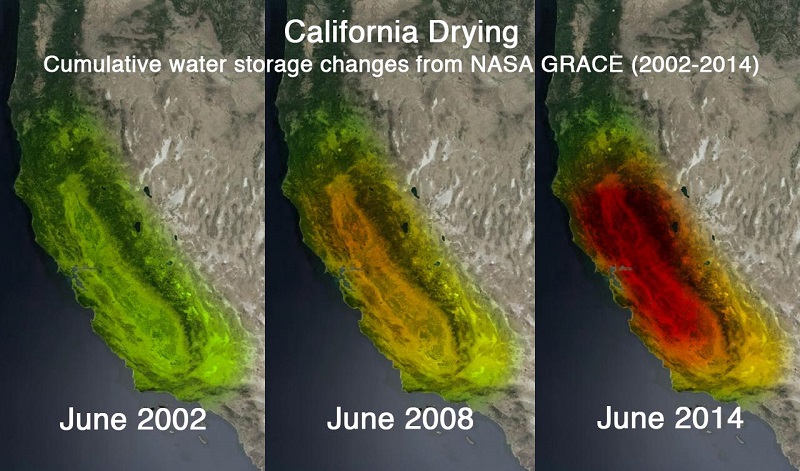
Although the risk factors may differ in Southern California vs. Northern California, wildfires tend to spread in the same ways across the state. The state’s unique climate is the main reason why the fire season is inevitable. However, humans also play a role in the risk factors that contribute to California fire season. Here’s what you need to know:
Santa Ana winds.
Santa Ana winds typically have a speed of 40 miles per hour. In some cases, these winds can reach hurricane strength, with winds up to 74 miles per hour and gusts up to 85 miles per hour. Santa Ana winds are an infamous factor for wildfires in California due to the fanning effects that they have on fire. Additionally, these winds can carry embers for extraordinary distances. While autumn rain typically takes place well before these winds arrive in California, over the years, there has been an increasing delay in the wet season.
Rising temperatures.
Rising temperatures and climate change are responsible for increased wildfire risks across the state of California. According to the Union of Concerned Scientists, average temperatures in the United States have increased by two degrees since 1970. While this increase may seem small, its impact is significant.
First, spring runoff is occurring earlier in the year. According to the National Wildlife Federation, global snow melts are occurring one to four weeks earlier now than they had 50 years ago. When the mountain snow melts and creeks swell, the result is forests that dry up for prolonged periods, ultimately leading to a fire season that starts earlier and ends later.
Dry climate.
Both rising temperatures and decreased rainfall in California contribute to an increasingly dry climate. As the landscape dries out, it creates prime conditions for wildfires. According to National Geographic, rising temperatures result in more water drawn from plants, soil, and vegetation. This dried debris then acts as a natural fuel source for wildfire. When this dried vegetation combines with the decrease in precipitation that we’ve seen throughout California, the risk of fire increases tenfold. Under drought conditions, wildfires can spread rapidly.
Track California fire season.
California wildfire notifications.
Real-time fire season alerts, straight to your pocket.
The Frontline app alerts you when California wildfire season hits close to home. No more scouring the web to find critical information. Frontline notifications include new fire alerts, red flag warnings, fire weather watch warnings, lightning events, evacuations, and more, all customized based on your home address.
Download our free app today.
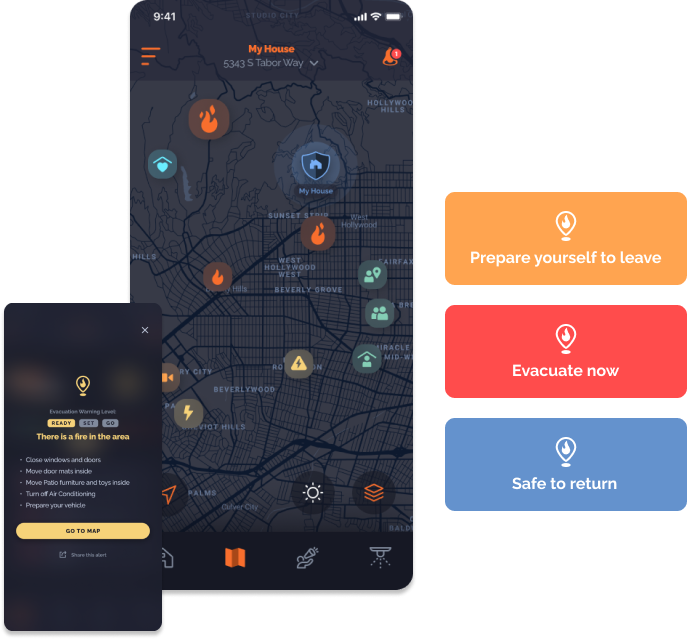

The Frontline Wildfire Defense System
Contact us today and be ready for California wildfire season.